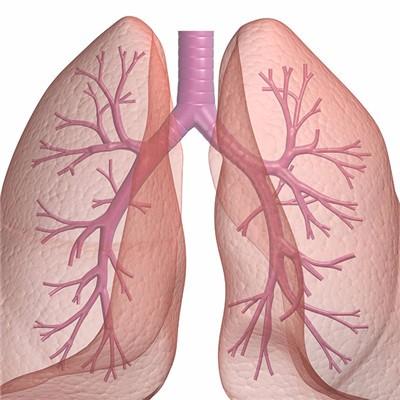How does blepharoptosis do?
summary
Ptosis of course is abnormal, generally belongs to a kind of myasthenia gravis, refers to the levator muscle and m ü The function of the smooth muscle is incomplete or lost, resulting in partial or total ptosis of the upper eyelid. In mild cases, part of the pupil is covered. In severe cases, all the pupils are covered. In congenital cases, amblyopia can also be caused. In order to overcome the visual impairment, the patients with bilateral drooping need to look up at the object, forming a special posture of looking up and wrinkled forehead. How to introduce next blepharoptosis to everybody to do?
How does blepharoptosis do?
First: myogenic or paralytic blepharoptosis can be applied adenosine triphosphate, vitamin B1 or neostigmine. If the long-term treatment fails, the operation should be considered carefully.

Second: if it is mild blepharoptosis, does not affect visual development, surgery can be selected to improve the appearance. Unilateral ptosis occlusion pupil should strive for early surgery, operation time is best before 6 years old, in order to prevent the formation of amblyopia.

Third: the operation methods of blepharoptosis are: ① strengthen the strength of levator palpebrae superioris muscle, such as shortening or moving forward muscle. ② With the help of frontalis muscle or superior rectus muscle traction force, open large eyelid fissure. The operation method can be selected according to the condition and muscle strength. The basic purpose is to improve the ptosis of the upper eyelid, restore the normal height of the eyelid fissure, expose the pupil, expand the field of vision, prevent amblyopia, correct the abnormal shape, and improve the face. After blepharoptosis operation, you should insist on some eyedrops. At the beginning, it will not close well, but slowly it can be the same as normal people.

matters needing attention
1. Pay attention to eye and hand hygiene, do not rub eyes with hands, keep the wound dry and prevent cross infection. 2. After operation, the affected eyes should be bandaged for about 48 hours. Do not remove the bandage to prevent bleeding and swelling. 3. Pay attention to safety, prevent falling and scalding. 4. Apply a lot of eye ointment in conjunctival sac and cover eye pad to prevent the occurrence of exposure keratitis. 5. 7 days after the operation, close the eyes to facilitate eyelid closure. 6. Do not do heavy physical work or strenuous exercise within 6 months. 7. Regular outpatient review, if there is wound pain, timely medical treatment


















